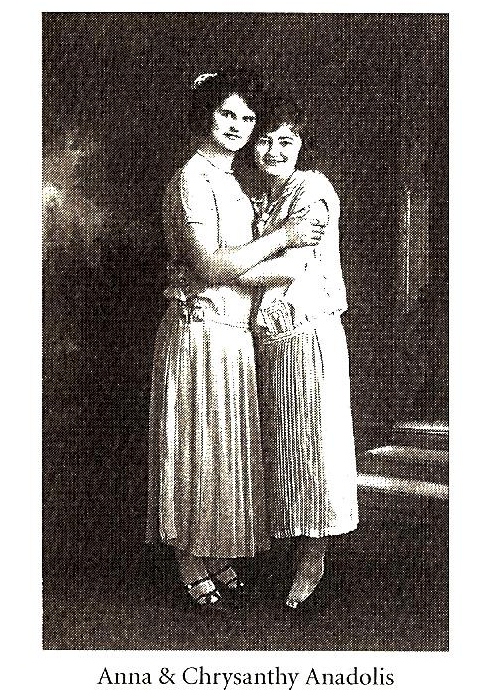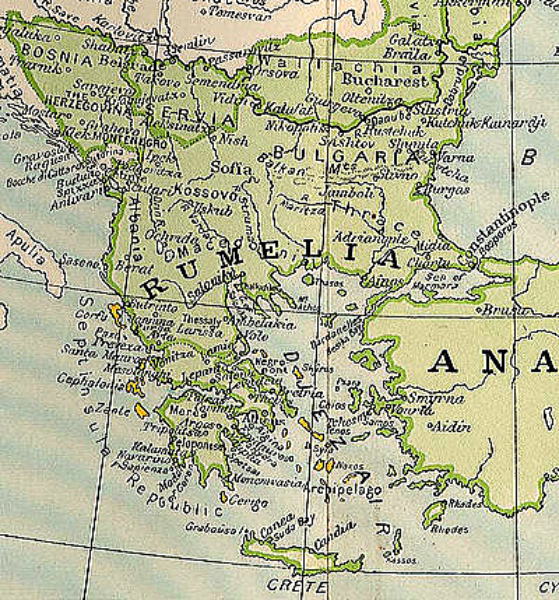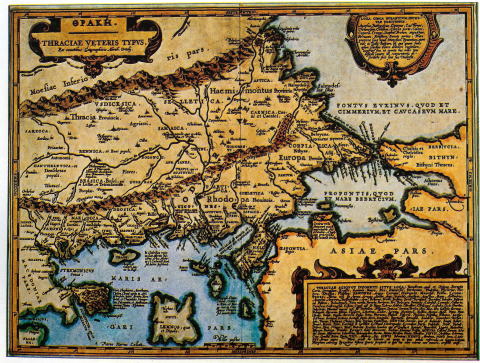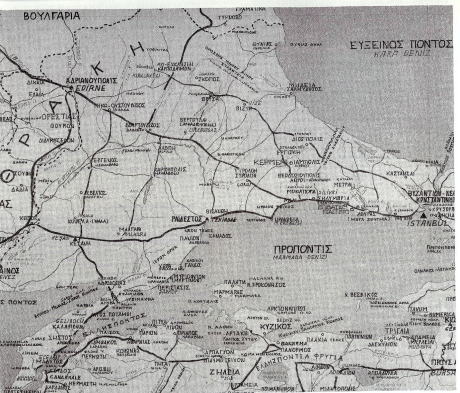
Written and Illustrated by
MARY ZIAVRAS

|
|||||||||
Historical Background: Greek/Armenian Genocide |
|||||||||
| The daughter of Greeks born in the Turkish Ottoman Empire at the turn of
the 19th
century, Mary Ziavras’ parents escaped the Greek/Armenian genocide, bringing with them stories of a culture that endured centuries of persecution. Greek Folk Stories, Old and New, provides a unique insight into the culture of a Greek society that was thriving in that region from the time of antiquity and was quickly annihilated during World War I and its aftermath. Their way of life was shattered as this population was forced to flee, abandoning their homes and property or be slaughtered by soldiers of the Ottoman Empire. With this book the oral traditions of a people that survived this forgotten genocide are not lost. Mary's father, Efstratios Zaferiou and his family fled from the island of Mitilini in 1912. Her mother's family the Anadolis' fled from a town in Eastern Thrace called Skopos and immigrated to NY in 1916. They became part of over 2 million political refugees of the Greek/Armenian Genocide. From the
author: At a very young age I was captivated by their anecdotes. My collection of stories is culled from first-hand accounts of my parents and relatives who reminisced about their homeland. I created twenty short vignettes that depict the struggles, aspirations and often hilarious antics of peasants from a bygone era. By offering windows into the past, I document the history of a people and their way of life that should not be forgotten." "This book is dedicated in loving memory of my mother Chrysanthy and her sister Anna, who introduced me to old-world folk traditions at an early age. Those vignettes remain with me to this day." "Greek genocide" is a term adapted by modern genocide scholars for the violent campaign instigated by the government of the Ottoman Empire against the Greek population of the Empire during World War I and its aftermath (1914–1923). The campaign, also known as the Pontic genocide, included massacres, forced deportations involving death marches, summary expulsions, arbitrary executions, and destruction of Christian Orthodox cultural, historical and religious monuments. According to various sources, several hundred thousand Ottoman Greeks died during this period. (For more information, visit Wikipedia: http://en.wikipedia.org/wiki/Greek_genocide) |
|||||||||
 |
 |
||||||||
| Map of Rumelia, a historical region, comprising the territories of the Ottoman Empire in Europe |
|||||||||
 |
 |
||||||||
Historic maps of Eastern Thrace, birthplace of Mary's mother Chrysanthy Anadolis Thrace designates a region bounded by the Balkan Mountains on the north, Rhodope Mountains and the Aegean Sea on the south, and by the Black Sea and the Sea of Marmara on the east. The areas it comprises are southeastern Bulgaria (Northern Thrace), northeastern Greece (Western Thrace), and the European part of Turkey (Eastern Thrace). The biggest part of Thrace is part of present-day Bulgaria. In Turkey, it is also called Rumelia. The name comes from the Thracians, an ancient Indo-European people inhabiting Southeastern Europe. |
|||||||||
|
|||||||||